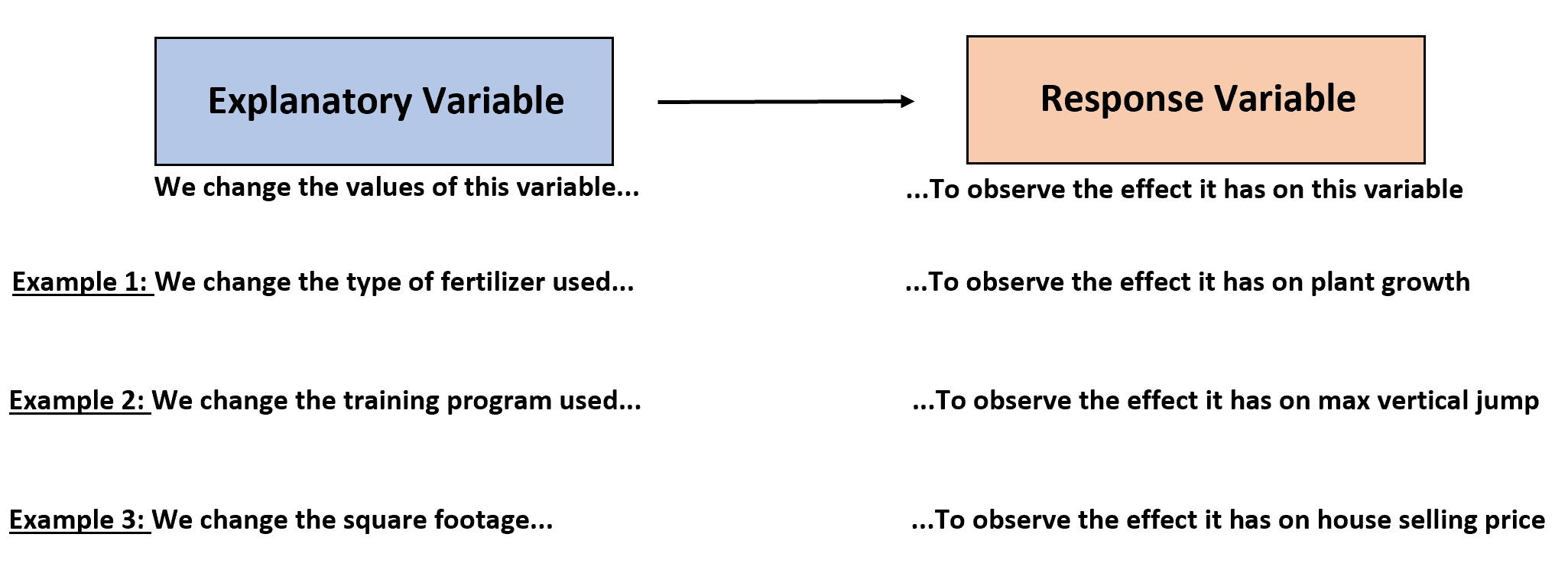Is 2/8 Equal To 1/4
Is 2⁄8 Equal to 1⁄4?
At first glance, the question of whether 2⁄8 is equal to 1⁄4 might seem straightforward, but it’s an excellent opportunity to explore the fundamentals of fractions, simplification, and equivalence. Let’s break this down step by step, combining mathematical rigor with practical insights.
Understanding Fractions: The Basics
Fractions represent parts of a whole. The numerator (top number) indicates how many parts are being considered, while the denominator (bottom number) shows the total number of equal parts the whole is divided into. For instance, 1⁄4 means one part out of four, and 2⁄8 means two parts out of eight.
Simplifying Fractions: The Key to Equivalence
To determine if two fractions are equal, we often simplify them to their lowest terms. Simplification involves dividing both the numerator and denominator by their greatest common divisor (GCD). Let’s apply this to 2⁄8.
Step-by-Step Simplification of 2⁄8
- Find the GCD of 2 and 8: The factors of 2 are 1 and 2. The factors of 8 are 1, 2, 4, and 8. The greatest common factor is 2.
- Divide both numerator and denominator by the GCD:
( \frac{2 ÷ 2}{8 ÷ 2} = \frac{1}{4} ).
After simplification, 2⁄8 indeed equals 1⁄4.
Visual Representation: Why 2⁄8 = 1⁄4
To make this more intuitive, let’s visualize it. Imagine a pizza divided into 8 slices. Taking 2 slices (2⁄8) is the same as taking 1 slice out of 4 equal parts (1⁄4), since each of the 4 parts consists of 2 slices.
Practical Applications: When Does This Matter?
Understanding fraction equivalence is crucial in various fields: - Cooking: Scaling recipes often involves simplifying fractions (e.g., halving or doubling ingredients). - Construction: Measuring materials requires precise fraction calculations. - Finance: Dividing assets or budgets relies on accurate fraction equivalence.
Common Misconceptions: Addressing Confusion
Some might assume 2⁄8 is “bigger” because the numerator is larger. However, the denominator determines the size of each part. In 2⁄8, each part is smaller (1⁄8) compared to 1⁄4 (where each part is 1⁄4).
Historical Context: The Evolution of Fractions
Fractions date back to ancient Egypt, where they were used in trade and construction. The concept of simplification emerged as a practical necessity to compare and combine quantities efficiently. Today, it’s a cornerstone of mathematics education.
Future Implications: Fractions in Technology
In programming and data analysis, fractions are often converted to decimals or percentages for computation. However, understanding their equivalence remains vital for accuracy, especially in fields like engineering and physics.
FAQ Section
How do you simplify fractions?
+Divide both the numerator and denominator by their greatest common divisor (GCD). For example, 4/6 simplifies to 2/3 because the GCD of 4 and 6 is 2.
Can fractions with different denominators be equal?
+Yes, if they simplify to the same value. For example, 3/6 and 1/2 are equal because 3/6 simplifies to 1/2.
Why is fraction simplification important?
+It helps compare fractions easily, reduces errors in calculations, and simplifies real-world applications like measurements and recipes.
What’s the difference between 2/8 and 1/4 in decimals?
+Both 2/8 and 1/4 equal 0.25 in decimal form, further confirming their equivalence.
Conclusion: The Power of Simplification
In conclusion, 2⁄8 is indeed equal to 1⁄4. This equality highlights the importance of simplifying fractions to reveal their true value. Whether in everyday life or advanced fields, mastering this concept ensures accuracy and clarity. As the saying goes, “The whole is greater than the sum of its parts”—but only when those parts are properly understood.

